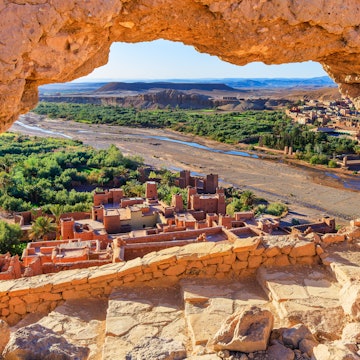
13 of the best places in Europe to escape the crowds

Jul 8, 2025 • 13 min read

Lake Leitisvatn, the Faroe Islands. chrisontour84/Shutterstock
It's hard to resist the allure of Europe, where travelers can find iconic historic sites waiting around seemingly every corner. But the continent's perennial popularity has also meant that many of those best-loved spots are impacted by overcrowding – and the visitor caps, ticketed entry and other restrictions that follow.
Luckily, there are still plenty of places across Europe where you can escape the crowds and travel more spontaneously. We asked our expert writers to share their favorite spots to find solitude, and here's our pick of the best.
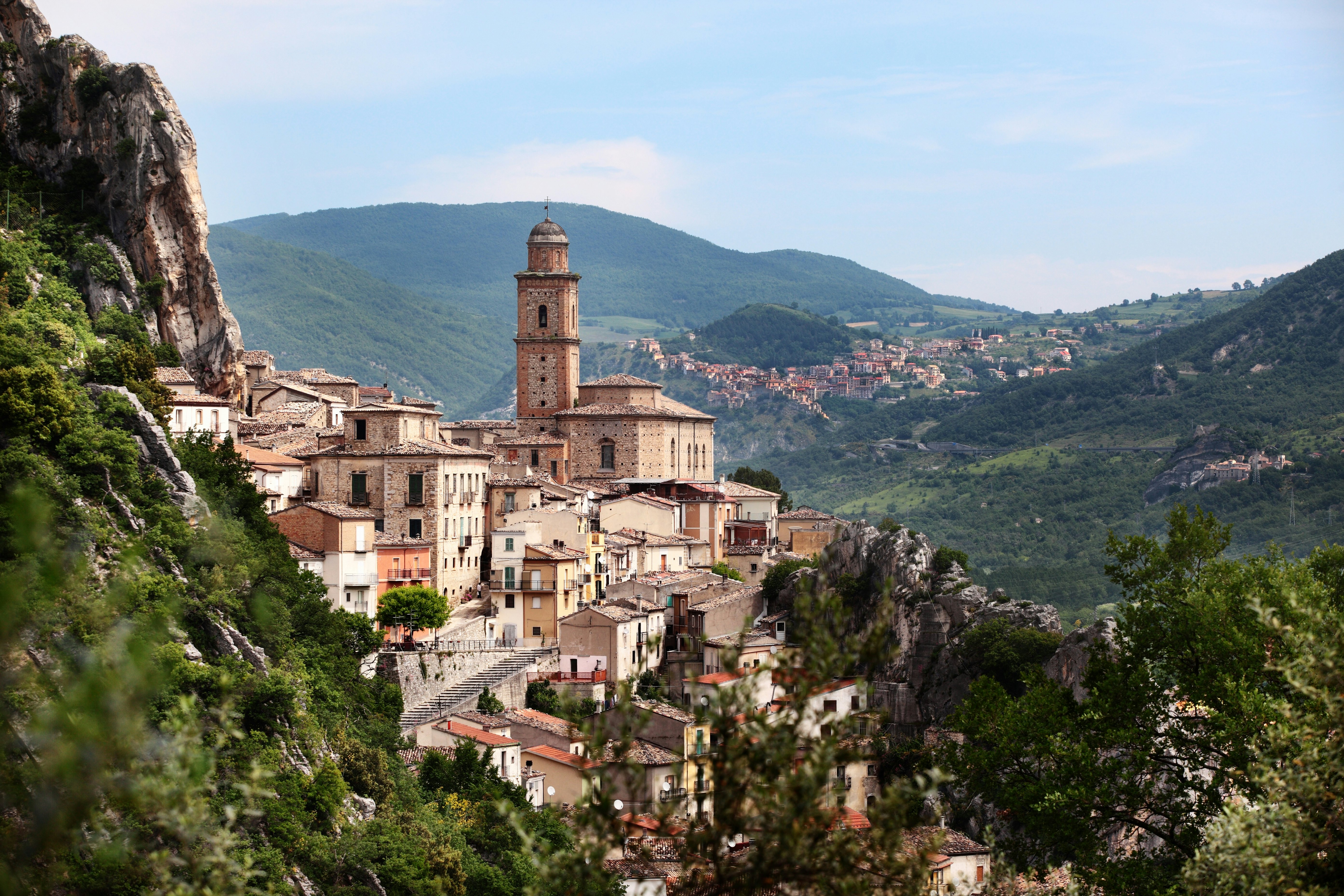
1. Abruzzo, Italy
Recommended by Venice-based Julia Buckley
All of Italy is beautiful, but Abruzzo is one of its most varied regions, with mountains, the sea, and rolling landscapes in between. Dominating the region is the Gran Sasso (Big Rock) – a rather modest name for Italy’s second-highest mountain outside the Alps, rearing up at nearly 3000m (10,000 ft). It’s part of a national park, the Gran Sasso e Monti della Laga, and some of its most beautiful stretches are around the Campo Imperatore highlands above the regional capital L’Aquila. Halfway down the mountainside from Campo Imperatore is Santo Stefano di Sessanio, a historical village of shepherds, which was semi-abandoned and is now thriving once more, thanks to the arrival of Sextantio, an albergo diffuso (scattered hotel) and anthropological project whose rooms are converted from abandoned homes. Nearby is the Rocca Calascio, where a ruined medieval castle perches on a high bluff over the plain of Navelli.
Abruzzo’s Adriatic coast is beautiful, but its most special part is the Costa dei Trabocchi, a 50km (31-mile) stretch dotted with trabocchi – ancient fishing platforms cantilevered far out over the sea and accessed via rickety walkways. Today, many of them have been transformed into restaurants – try Sasso della Cajana.

2. Extremadura, Spain
Recommended by Luke Waterson, author and contributor to 70+ Lonely Planet guides
This autonomous community’s very name evokes visions of extreme otherworldliness. In Extremadura, humans take a back seat (the area sports one of Spain’s lowest population densities, with approximately 25 people per sq km), allowing nature to dominate. In this land of vast tobacco fields, rolling steppe, dehesa – pasture scattered with holm and cork oak forest – and craggy uplands, infrastructure is scant by Spanish standards. Therefore tourists, if they come at all, mainly visit two of Spain’s best-preserved historic cities, Mérida and Cáceres, and leave the rest to adventurers and wildlife.
And the wildlife is prolific: this is among Western Europe’s top places for observing raptors, especially around rocky Parque Nacional Monfragüe, where five eagle species can be spotted. Great trails also lead into the loneliest reaches of its countryside. These include the Ruta de Carlos V, a hiking and biking route following the final stages of the last journey around Spain of the monarch who once controlled much of Western Europe. It passes through several isolated settlements before winding up at serene Monasterio de Yuste, embosomed in woodsy hills, where the king devoted the remainder of his life to peaceful contemplation.

3. Aljezur, Portugal
Recommended by Portugal-based Marisa Paska
Once upon a time, a Moorish princess betrayed her people for love, and the last Moorish stronghold along the Atlantic coastline fell – or so the legends say. While remnants of the fortress still stand, crowning the hill of Aljezur's old town, visitors to this tiny village in the southwest of Portugal usually come for other reasons, like the breathtaking clifftop coastlines, countless pristine beaches, crystal clear rivers, outdoor adventures and some of the freshest seafood you can stick a fork in. And you can experience it with a fraction of the summer crowds you'll find anywhere else in Europe.
Let's be straight – there are plenty of visitors in the high season. Aljezur's district however, which encompasses the towns of Carrapateira, Aljezur, Rogil and Odeceixe, has enough well-kept secrets that you can nearly always find an empty stretch of sand and a delicious restaurant without a wait, even in mid-August. Outdoor activities range from hiking, horseback riding and surfing to ceramic shopping, river swimming and extended sunset dinners with friends.

4. Agrafa, Central Greece
Recommended by Helen Iatrou, Greece guidebook author
Dodge Meteora’s heaving queues in favor of a road trip through rugged, out-of-the-way Agrafa, which means “unwritten.” Rent a 4WD to explore this little-known corner of Central Greece. Internet signal is unreliable in these parts – as is Google Maps – so be sure to consult the advice of locals and follow road signs. Base yourself at Montanema, self-sustained stonebuilt lodgings embedded high up in northeastern Agrafa’s fir-forested Anthohori gorge. Hike to the Anthohori waterfalls or head out on a mushroom foraging expedition.
To the southeast is the artificial Lake Plastira, where you can ride a waterbike or row a canoe across teal waters. At the 16th-century Panagia Pelekiti Monastery, carved into a 1400m-tall (4593ft) rockface above Karytsa village, ask about the symbolism of detailed frescoes and the story behind a revered icon of the Virgin Mary. From there, head south to the Lake Plastira Observatory for sweeping lake views. Make your way along the peripheral road that leads to the Lake Plastiras dam and make a pitstop to pick up homemade spoon sweets made with chokeberry.
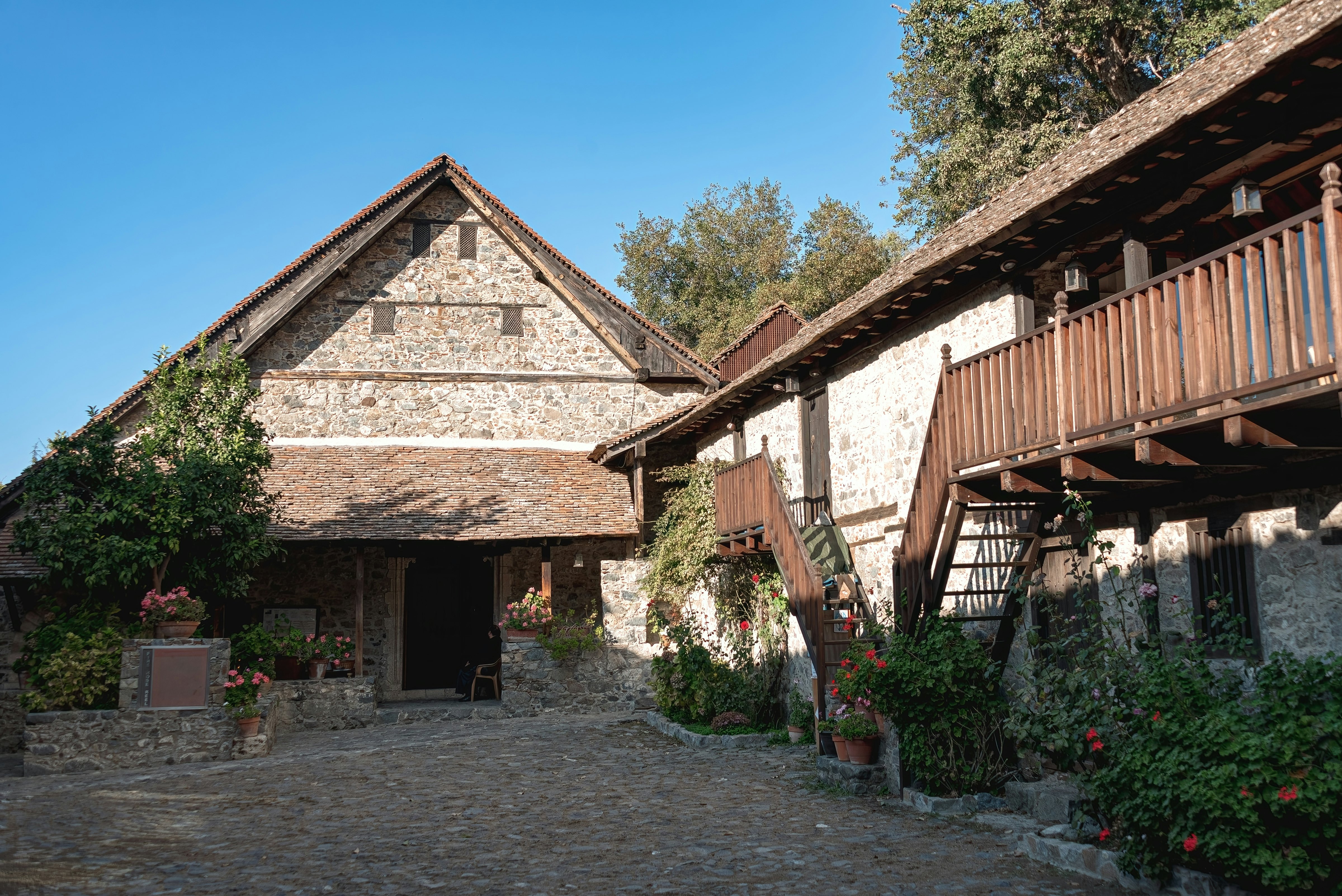
5. Kalopanayiotis, Cyprus
Recommended by Cyprus contributor Margot Bigg
Ditch the boisterous beach scene and head to the hills for a bit of peace in Cyprus. Spread out over a conifer-studded hillside in the Troodos Mountains, the village of Kalopanayiotis has the quiet stillness of a movie set – but there’s certainly nothing artificial about it. Its whitewashed buildings are crowned with terracotta-colored roofs and its cobblestoned roads are very much the real deal. Much of Kalopanayiotis has been transformed into the spa resort Casale Panayiotis, which has rooms clustered in structures across the village, amidst a handful of competing homestays and holiday rentals.
Even if you aren’t staying at Casale, it’s still worth trying out Cypriot specialties at one of the resort’s two restaurants, or heading to the star of the show – the Myrianthousa Spa – for a massage or a trip through a hydrotherapy circuit. Then hike along undulating trails that weave through the lowest part of the village, over an old Venetian bridge and past sulfur hot springs that once drew in droves of visitors seeking medicinal treatments before paying your respect at the village’s Agios Ioannis Lambadistis Monastery, an 11th–century stone complex filled with glorious gilded icons.

6. Faroe Islands
Recommended by Belgium-based Mélissa Monaco
Nestled in the North Atlantic Ocean between Scotland and Iceland, the remote and rugged Faroe Islands stand as a testament to nature's raw beauty. No trees grow on these islands shaped by relentless waves and winds, and you’re more likely to come across sheep than humans. Getting away from it all is easily done here. In fact, you can pretty much start from the island’s capital, Tórshavn, by following a trail that begins right from the city. Chances are you will be quite alone to admire the view over the neighboring islands from the top of the hill, before going all the way down to the village of Kirkjubøur and the ruins of St Olav’s Church, as well as the old 11th-century log house, Roykstovan, the oldest wooden house in Europe.
The Faroe Islands are becoming increasingly popular and you might find some spots are busier than you thought but, by traveling off-season and avoiding the more popular hikes of Kalsoy or Lake Leitisvatn, you will find yourself blissfully on your own with the wind in your hair and the sound of the ocean in your ears. Trails are usually well marked with cairns so you’re never truly lost.

7. Central Bohemia, Czechia
Recommended by Bucharest-based Monica Suma
About an hour away by train from resplendent-but-tourist-packed Prague lies Czechia’s equally striking but crowd-free “royal region.” Once the stronghold of Bohemia’s kings, Central Bohemia promises outstanding nature and heritage sites fitting for a day trip or a multiday getaway. Base yourself in Kutná Hora, a pretty, UNESCO-protected town known for its silver mining and the Gothic Cathedral of St Barbara. This area is teeming with castles, like the elegant Kačina Chateau. Don’t miss the magnificent library on the premises with a Pantheon-like cupola, boasting tens of thousands of old books. You’ll be amazed to find a top-notch modern art museum, GASK, in the baroque former Jesuit College.
For a surreal, candlelit experience, head to gripping Sedlec Ossuary, a sanctuary-like “bone church” celebrating the inevitability of death. A staggering 40,000 to 70,000 skulls and bones (remains of 14th-century war, famine and plague victims) adorn the uniquely spiritual site. For overnight stays, nothing beats glamping in a luxe medieval tent right by the restored Malešov Fortress, complete with a four-poster bed and a Czech craft beer experience, touring of the cellars of the Malešov Brewery.

8. Fjærland, Norway
Recommended by NYC-based John Garry
Bibliophiles take note: If you want to curl up with a novel, head to this fjord-side village near Jostedalsbreen National Park, a scenic four-hour drive from Bergen. Fjærland is known as Norway's "Book Town," with nearly 4km (2.5 miles) of secondhand books (most in Norwegian) on sale at a dozen unlikely places – the post office, the bank and even a barn. Chattering gulls outnumber the town's 300 residents, so it's doubtful anyone will disturb you while leafing through literature, though the storybook scenery is bound to distract. Clapboard houses line an emerald-green fjord and the arms of Jostedalsbreen (mainland Europe's largest icecap) glitter blue above Fjærland's farmland.
You can appreciate the beauty by hiking to nearby glaciers, kayaking the coastline or renting the town's floating sauna, which has a picture window framing the landscape. The only crowds you'll see congregate around the Norwegian Glacier Museum, featuring interactive exhibits, and the Fjærland Fjordstove Hotel, a waterfront inn serving three-course, farm-to-table dinners. After you've eaten, take a seat in the hotel's cozy common space, where views of pine-packed mountains seem plucked from a picture book.

8. Estonian Islands
Recommended by Florence-based Angelo Zinna
Sparsely populated and largely covered in forests, this archipelago in western Estonia sees little tourist traffic, even in the summer months. The five main islands of the region – Saaremaa, Hiiumaa, Muhu, Kihnu and Vormsi – are easily reached via a short ferry ride from the mainland and combine a UNESCO-inscribed biosphere reserve with an intriguing culture shaped over 5000 years of life beside the Baltic Sea. The perfectly preserved Episcopal Castle of Kuressaare is the region’s best-known landmark but exit Saaremaa’s capital to discover the mysterious sites that are found along some of Estonia’s least-traveled roads, including one of the world’s largest collections of “sun crosses” at Vormsi’s cemetery, the meteorite craters of Kaali and the remnants of WWII in northern Hiiumaa.
During the endless days of summer, the islands are ideally suited for cycling. Get hold of a bike and start connecting lighthouses in this remote corner of Northern Europe. Alternatively, join a sunset cruise on the Hoppet, the only functioning Estonian-built wooden ship dating to the pre-WWII period.

10. Transylvania, Romania
Recommended by Mark Baker, author of more than a dozen Lonely Planet guides
In his classic novel Dracula, the Irish author Bram Stoker described Transylvania as a magical wilderness of dense, sprawling forests, remote valleys veiled in fog, and lonely mountain peaks. Stoker created his main character for the book, the bloodthirsty Count Dracula, mainly from his imagination, but his depiction of Transylvania itself was much closer to real life. Transylvania really is that mysterious and that majestic.
As Romania’s biggest region, it’s best to focus on one area at a time. The medieval hamlets of Viscri and Biertan, north of Braşov, are punctuated by dramatic fortified churches and surrounded by rolling hills. Enjoy rural hospitality at a traditional Saxon house (given an upmarket makeover), such as Casa Eva Wagner or Viscri 125. South of Braşov, running to the foothills of the Carpathians, remote mountain villages like Moieciu de Sus, Măgura and Fundata stand at what feels like the end of the earth. Base yourself here to explore the higher-elevation trails of the Piatra Craiului National Park. For lodging, splurge on a traditional mountain house like Casa Pelinica or tuck yourself into a cozy, pod-like dwelling, with timbered ceilings and pretty-as-a-picture vistas, at Odăi din Plai.
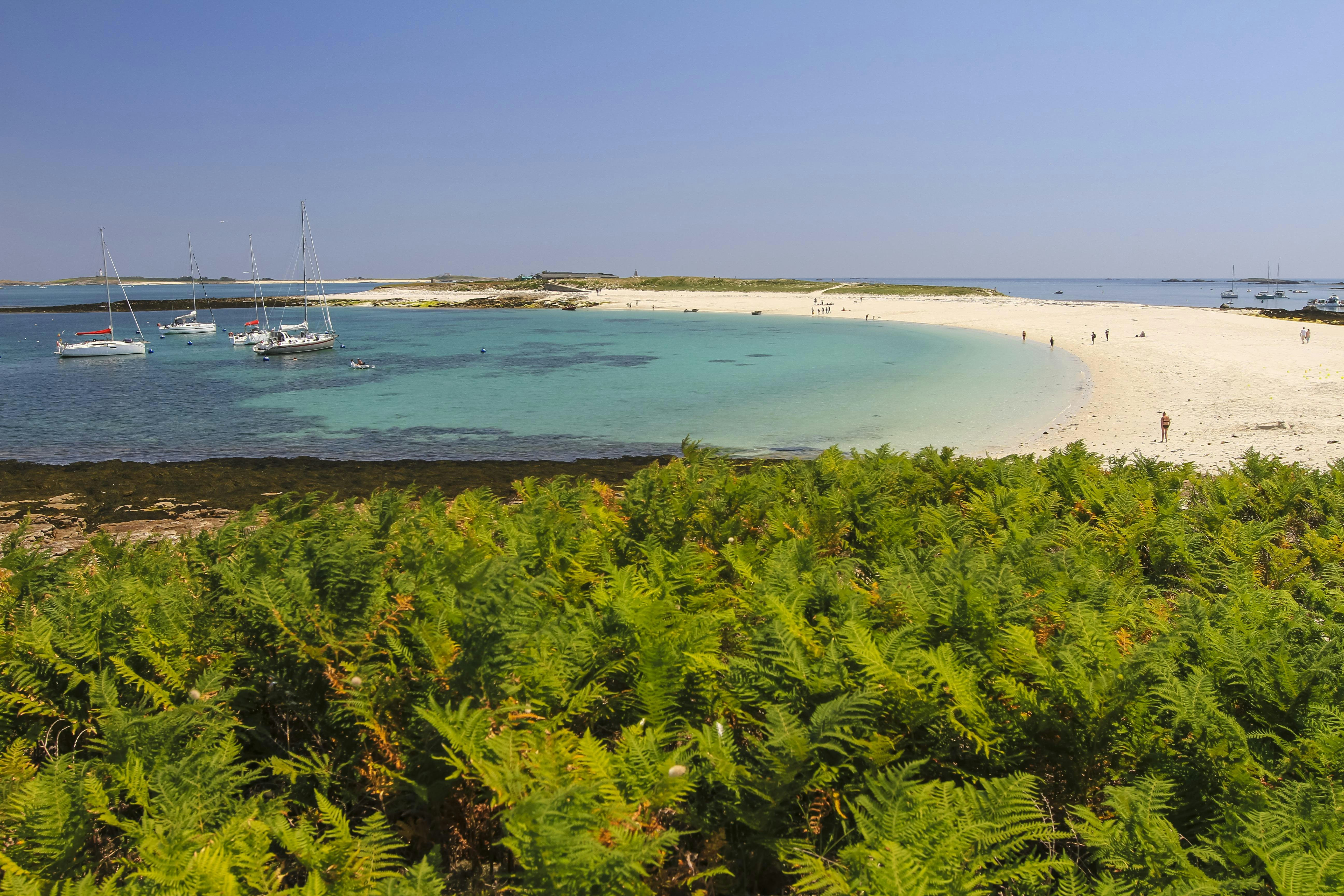
11. Brittany's islands, France
Recommended by France-based Nicola Williams, author of more than 50 Lonely Planet guides
Ignore summer-hot Belle Île and tourist-trodden Cancale: this proud Breton region in northwestern France squirrels away a scattering of lesser-explored islands and islets – about 800 in all – promising peace, solitude and soul-soaring trails on land and water winding around rugged cliffs, tidal beaches and forgotten smugglers’ coves. Take Îles Glénan off the Finistère coast, boat-accessible from June to September and known as Brittany’s Tahiti for its gin-clear waters, white sand, top-drawer diving and rare flora, including the Glénan narcissus that carpets the archipelago in rare white blooms each April.
How often can you kayak to a deserted isle and disembark for a siesta in splendid isolation? If sleeping in the keeper’s cottage of the world’s oldest freestone lighthouse rocks your boat, point your compass north to uninhabited Île Vièrge. Off Brittany’s same northern coast, potato farm and chambre d’hôte (B&B) Ferme de Quéménès on pinprick Île d’Iroise is the ultimate crowd escaper. Not counting some chickens and a flock of sheep, the year-round population on this pristine crumb of land is three.
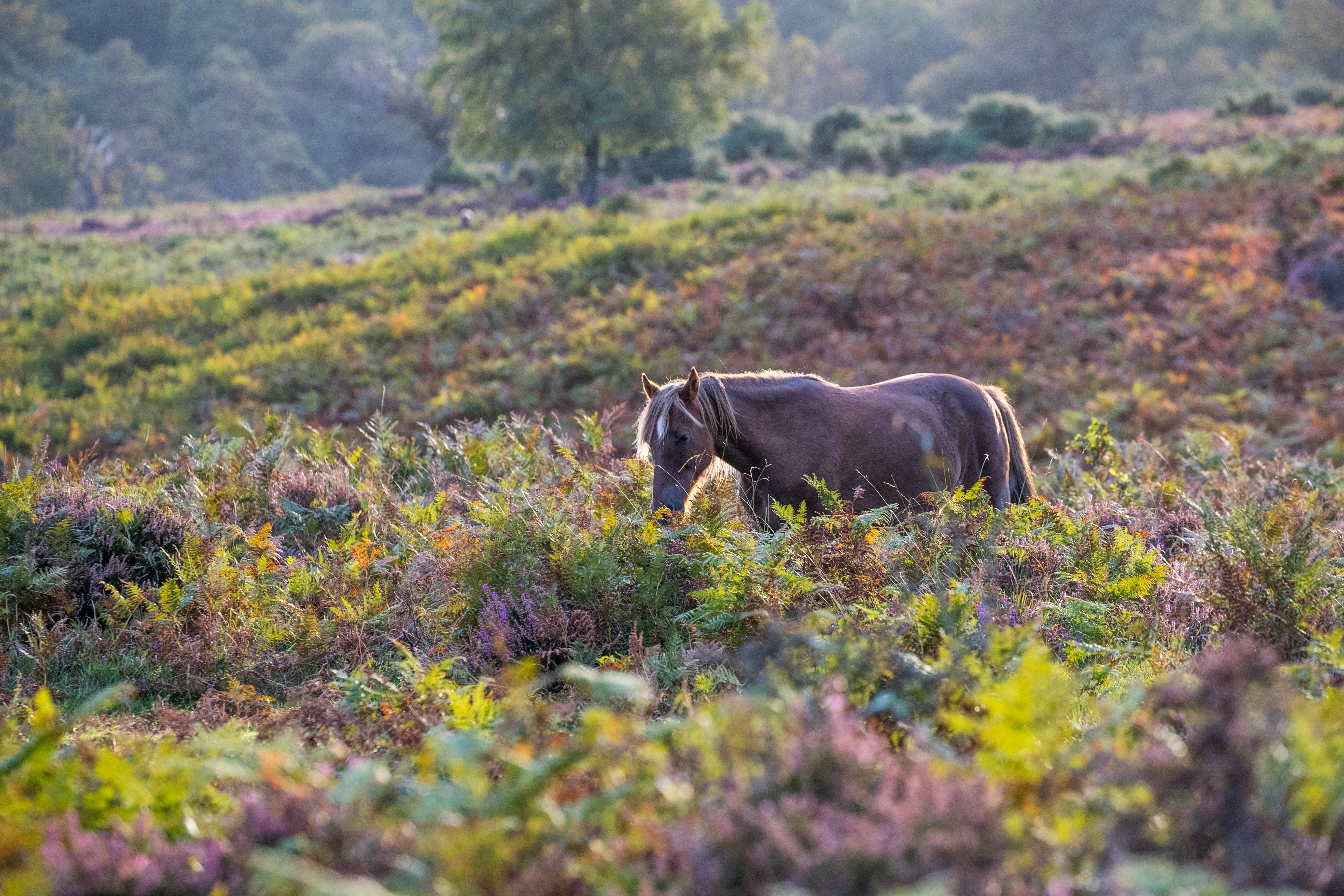
12. New Forest, UK
Recommended by UK-based Victoria Gill
A canopy of towering oaks blanketing the lap of the English Channel, the New Forest is a magnet for those escaping the city for thatched cottage-core villages and national treasures lacing the lush, emerald woodland. It was a fascination for ancient kings as a royal hunting ground recorded in the Domesday Book, and is home to the Rufus Stone, which commemorates the site where an arrow felled William II. You can also visit Brockenhurst, the burgeoning town 90 minutes by train from London, where fashionable hotels likes the Chewton Glen and the flagship Pig Hotel beckon.
Yurt fields, treehouses, glamping, rugged coastlines, castle forts lapped by Solent seas and stately home museums and amusements such as motoring museum Beaulieu keep options varied and visitors entertained. Of course, what distinguishes this national park from other bucolic English pastures is its prized New Forest ponies. You can ride them from the world-leading stables here and pass free-roaming foals grazing along verdant country lanes leading to Dorset cream tearooms in the village of Minstead or riverine Fordingbridge, the lively golden beaches of Bournemouth and the Georgian marina town of Lymington.

13. Appenzell, Switzerland
Recommended by Kerry Walker, author of dozens of Lonely Planet guides
Sky-high peaks like Matterhorn and Eiger get all the love, but to truly slip away from the crowds and commune with Switzerland’s nature-loving soul, there’s no place like Appenzell. Never heard of it? You’re not alone. Nudging the Austrian border in the country’s northeastern pocket, this spectacularly unsung region is where Switzerland is turned up to the max. We’re talking velvety, pea-green, skippable meadows unfurling at the foot of spruce forests and the craggy Alpstein mountains. It’s the 21st century elsewhere, but you’d never know it in these villages, where time stills in fire-warmed log cabins and low-beamed taverns reverberating to folk music. Festivals evoke another era, too: the weird, pagan, winter-banishing bonfires of Funkensonntag (Spark Sunday) in February and the New Year’s Mummers, parades of bell-clattering twig people.
In the cute-as-a-button town of Appenzell, the Altstadt brims with gabled, frescoed houses that are pure Grimm and voting still happens the hand-raising medieval way on Landsgemeindeplatz in April. The Appenzeller Volkskunde Museum lifts the lid on rural life. For more, swerve south to Stein for a spin around the Appenzeller Schaukäserei for a behind-the-scenes peek at cheesemaking, or head for the hills with soul-soaring hikes at the region’s crowning glory, 2502m (8209ft) Säntis.










